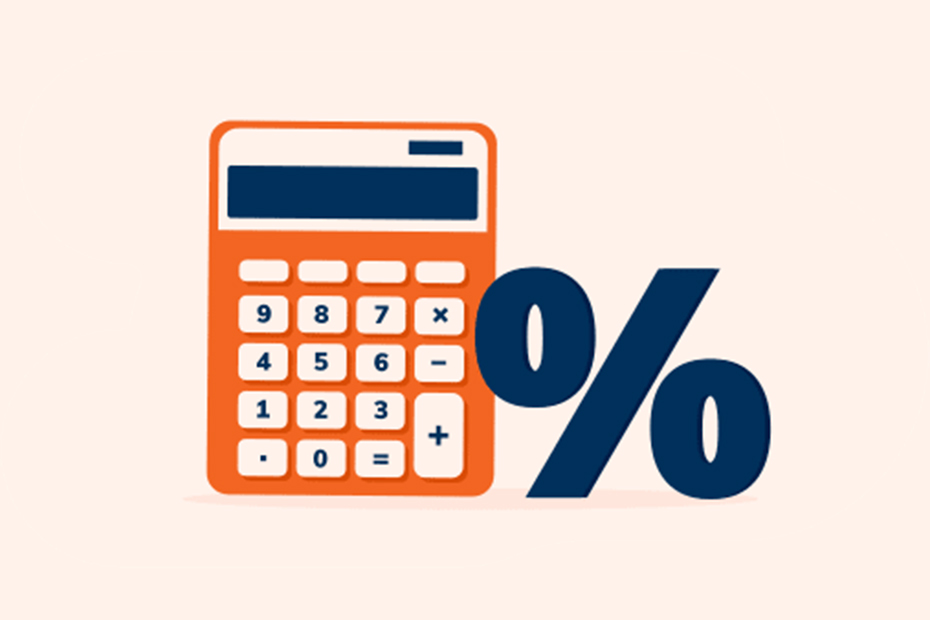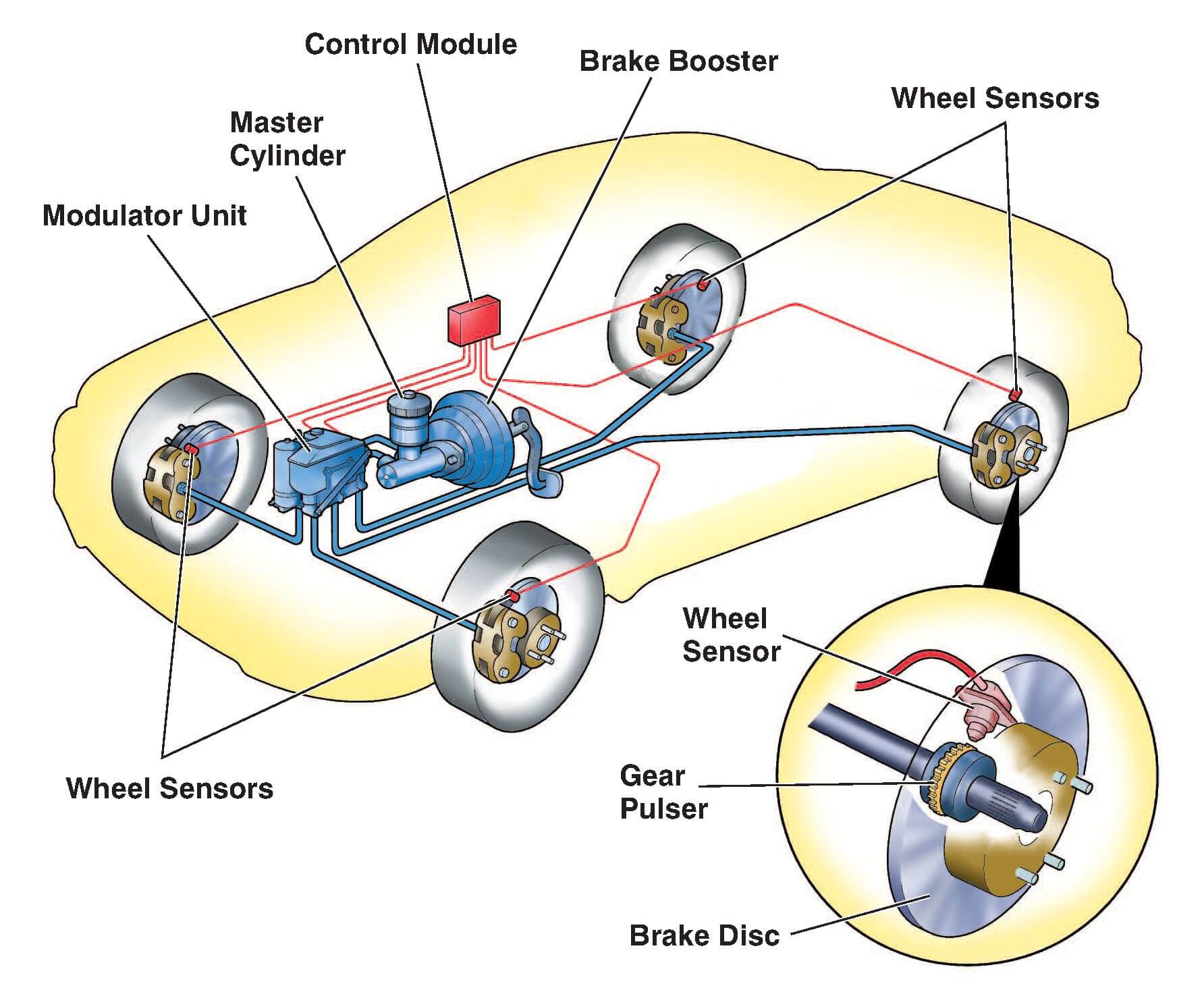What You Should Know About NCB Calculation in Motor Insurance
Motor insurance is an essential aspect of owning a vehicle. It provides financial protection against damages or losses caused by accidents, theft, or natural calamities. When it comes to motor insurance, understanding the concept of No Claim Bonus (NCB) becomes crucial. NCB is a discount offered by insurers to policyholders who do not make any claims during the policy term. In this article, we will delve into the intricacies of NCB calculation in motor insurance and explore its benefits.
Understanding No Claim Bonus (NCB)
NCB is a reward provided by insurance companies to policyholders who demonstrate responsible driving behavior. It serves as an incentive for policyholders to drive safely and avoid accidents. The NCB is a percentage of the premium amount and can be availed at the time of policy renewal.
The NCB percentage increases each year that passes without making a claim. This means that policyholders can enjoy higher discounts on their premiums as they accumulate NCB over time. It is important to note that the NCB is transferable even if the policyholder switches insurance providers during renewal.
How NCB is Calculated
The calculation of NCB in motor insurance follows a predetermined structure that remains consistent across insurance providers. The percentage of NCB earned is directly related to the number of consecutive claim-free years. Let’s take a closer look at the different slabs of NCB calculation:
- Completion of the first year without raising a claim: 20% NCB
- Completion of two consecutive claim-free years: 25% NCB
- Completion of four consecutive claim-free years: 45% NCB
- Completion of five consecutive claim-free years: 50% NCB
Once the policyholder reaches the fifth year without making a claim, the NCB remains at 50% and does not increase further.
The Advantages of NCB in Motor Insurance
NCB offers several advantages to policyholders. Let’s explore some of the key benefits:
1. Promotes Safe Driving
The prospect of earning NCB encourages policyholders to drive responsibly and avoid accidents. By practicing safe driving habits, policyholders can maintain a claim-free record and enjoy the benefits of NCB.
2. Cost Savings
One of the primary advantages of NCB is the cost savings it offers. As the NCB percentage increases each year, policyholders can enjoy reduced premiums over time. This can lead to significant savings in the long run.
3. Transferability
The accumulated NCB is transferable even if the policyholder decides to switch insurance providers during renewal. This ensures that policyholders can carry their NCB benefits with them, irrespective of their chosen insurer.
How NCB is Applied to Insurance Premiums
The NCB discount is applied to the insurance premium at the time of policy renewal. Insurance providers automatically adjust the premium amount based on the NCB earned by the policyholder. The NCB is deducted from the total premium, resulting in a reduced amount that the policyholder needs to pay.
Let’s consider an example to understand this better. Suppose a policyholder’s initial premium amount is Rs. 10,000. After completing one year without raising a claim, they become eligible for a 20% NCB. This means their premium for the next year will be reduced by 20% to Rs. 8,000.
Factors to Consider for NCB Calculation
While the NCB calculation remains consistent across insurance providers, there are a few factors to consider:
1. Policy Claims History
The NCB is directly linked to the policyholder’s claims history. If a policyholder has made a claim during the policy term, they may not be eligible for the full NCB percentage. The NCB earned may be reduced or forfeited entirely, depending on the insurance provider’s policy.
2. Policy Renewal
To avail of the NCB, policyholders must renew their insurance policy on time. If there is a lapse in policy renewal, the NCB benefits may be lost. It is essential to stay updated with the policy renewal dates to ensure uninterrupted NCB benefits.
3. Transfer of NCB
As mentioned earlier, the NCB is transferable even if the policyholder decides to switch insurance providers. However, certain conditions may apply, and it is advisable to check with the new insurer regarding the transfer process and eligibility criteria.
Maximize Your NCB Benefits
To maximize your NCB benefits and enjoy higher discounts on your motor insurance premium, follow these tips:
- Drive Responsibly: By maintaining a claim-free record, you can accumulate higher NCB percentages over time.
- Choose the Right Coverage: Opt for a motor insurance policy that suits your needs and offers comprehensive coverage.
- Timely Policy Renewal: Renew your insurance policy before the due date to ensure uninterrupted NCB benefits.
- Compare Insurance Providers: Explore different insurance providers to find the best NCB benefits and premium rates.
- NCB Protector Add-On: Consider adding an NCB protector add-on to your policy, which safeguards your NCB in case of a claim.
Conclusion
No Claim Bonus (NCB) is a significant aspect of motor insurance that rewards policyholders for safe driving and responsible behavior. By accumulating NCB over consecutive claim-free years, policyholders can enjoy substantial discounts on their insurance premiums. Understanding the NCB calculation and its advantages is crucial for maximizing savings and optimizing your motor insurance policy. Remember to drive safely, renew your policy on time, and explore different insurance providers to make the most of your NCB benefits.




